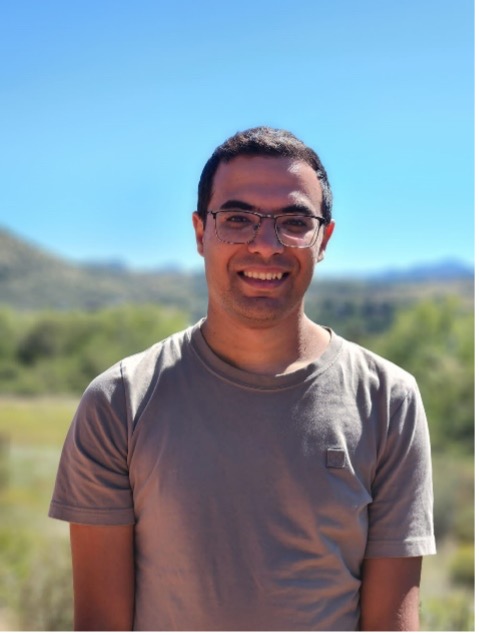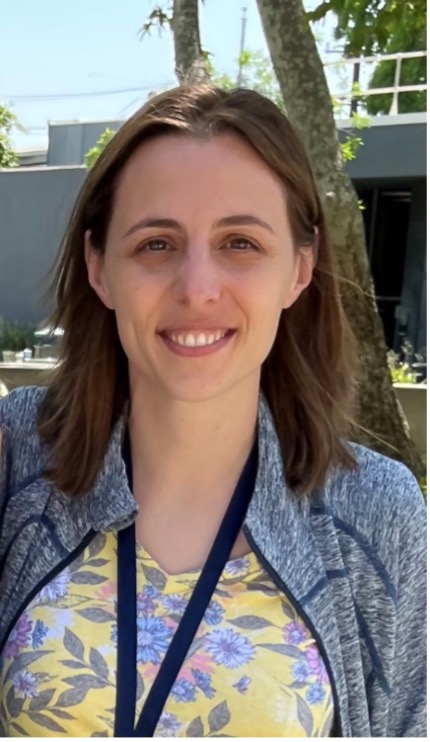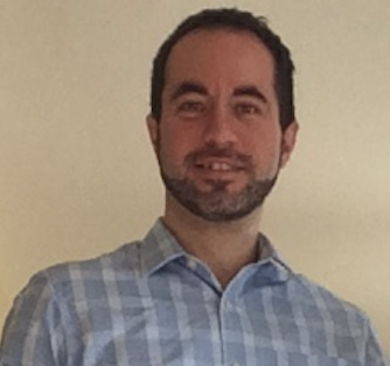
[tta_listen_btn listen_text="Click to listen to this story" pause_text="Pause" resume_text="Resume" replay_text="Replay" start_text="Start" stop_text="Stop"]
Nacer Naciri, a 2023 York University doctoral graduate, joins two other Lassonde School of Engineering doctoral alumni at the National Aeronautics and Space Administration (NASA) Jet Propulsion Laboratory (JPL) advancing understanding of Earth and the solar system.

NASA’s JPL is a renowned institution, serving as a leader in robotic space exploration, sending rovers to Mars, probing the solar system and using satellites to advance understanding of Earth.
Naciri joined the laboratory in April as a postdoctoral Fellow, building on his work at York, which primarily focused on using various techniques to achieve precise positioning at the centimetre level for global navigation satellite systems such as GPS.
His academic experience at the University helped him secure his current position at NASA JPL after convocating in June. There, he conducts similar research, focusing on multi-global navigation satellite systems and multi-frequency processing for precise point positioning.

Naciri joins other York alum at NASA JPL making their mark, such as Athina Peidou (PhD '20), currently there as a geodesist – a profession that measures and monitors the Earth's size. At NASA, Peidou works on space geodesy applications; particularly reference frames, precise orbit positioning and gravity field recovery from observations derived from the gravity recovery and climate experiment (GRACE) satellite and its nearly identical successor GRACE-Follow On.
The two GRACE satellite missions provide a continuous record of gravitational changes driven by mass redistribution occurring on Earth, to improve understanding of climate change and the Earth’s structure and processes.

Panagiotis Vergados (PhD '11) is another alum at NASA JPL, working there as a research technologist following his PhD research at York and a postdoctoral fellowship under NASA’s Postdoctoral Program, of which only 12 are awarded globally per year. Currently, Vergados’s day-to-day at NASA JPL includes a range of research and management work, some of which is related to his PhD research in the field of space physics, which focused on understanding how radio wave signals interact with the Earth’s ionosphere and interfere with GPS to inform the development of corrective measures. He is also using GPS signals to study climate evolution and applying principles he learned at York to conduct research related to planetary physics.
In addition, Vergados has gone back to his roots, serving as an adjunct professor and working alongside his former supervisor, Professor Spiros Pagiatakis, at York to co-supervise their students' research.
For many students studying geomatics within Earth and space science and engineering, securing a position at an international space agency is not only a monumental accomplishment but also a dream come true. All three now-established researchers are eager to inspire others and share their journeys with those aspiring to tread a similar path.
